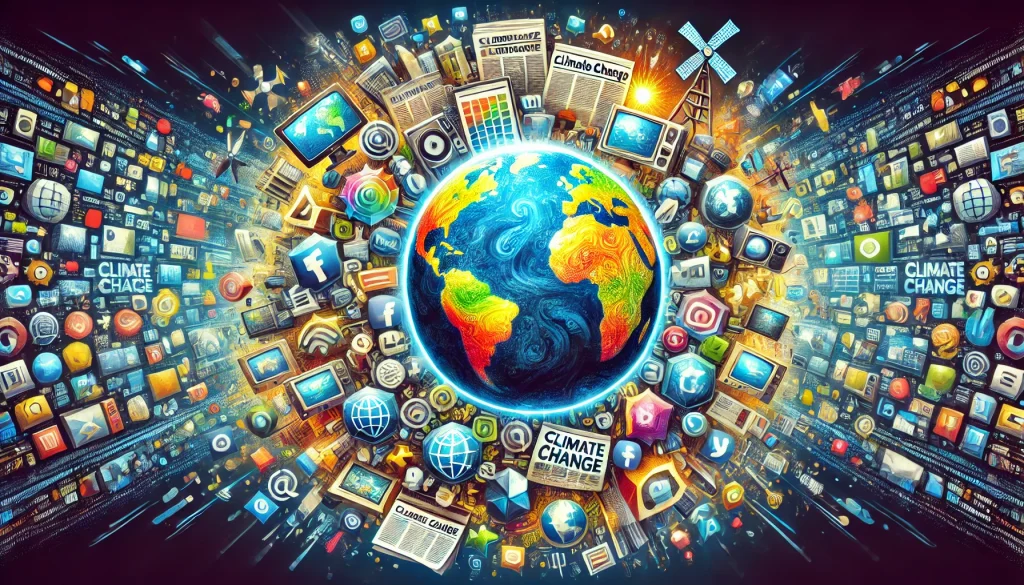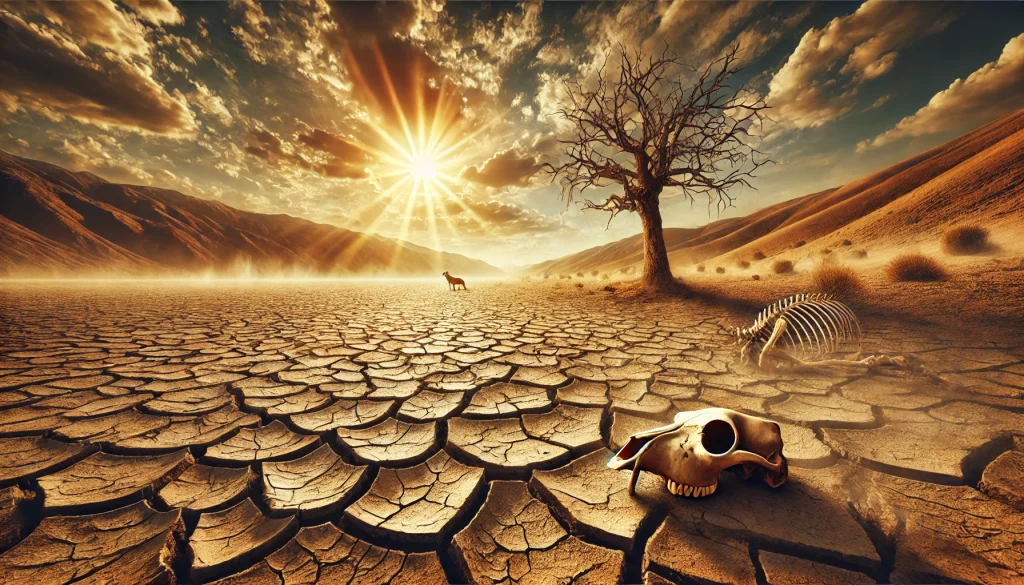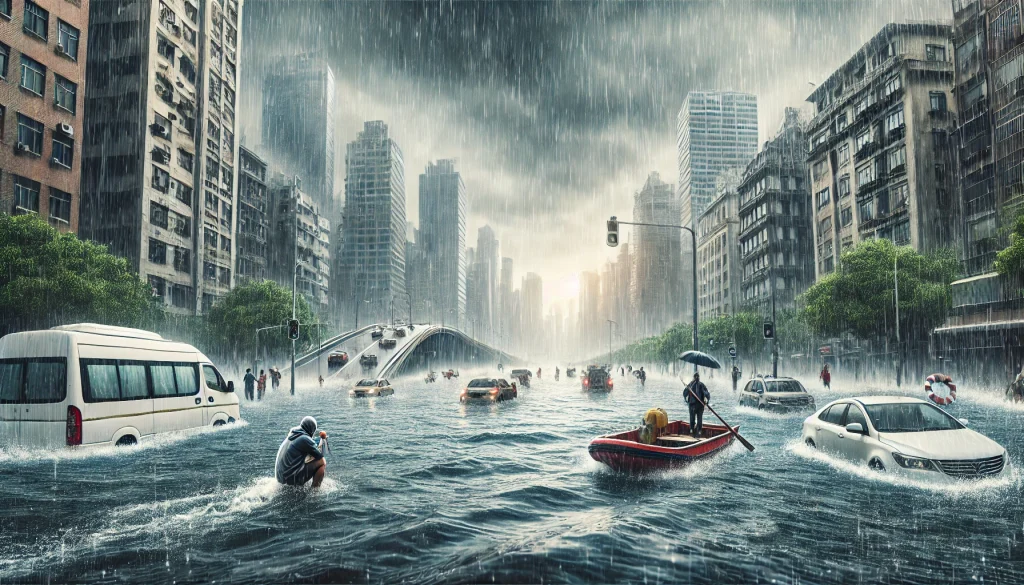Climate change has emerged as one of the most pressing global challenges of our time, and its impact on our environment and society is undeniable. The media plays a pivotal role in shaping public perception and influencing policy decisions regarding climate change. This article explores the various ways in which the media impacts our understanding of climate change and the subsequent policy responses.
Table of Contents

The Power of Media Narratives
Media narratives surrounding climate change have a profound effect on public perception. How the media frames climate change stories can influence how individuals perceive the issue. The media can depict climate change as a looming catastrophe or an urgent call to action. The choice of words, images, and stories can either instill fear and apathy or mobilize individuals and communities to take action.
For example, a headline that reads “Climate Change Devastating Our Planet” may evoke feelings of helplessness, while one that says “Global Efforts to Combat Climate Change Making Progress” can inspire hope and motivation. The media’s choice of narrative can sway public opinion and influence policy decisions.
The Role of Visual Media
Visual media, including photographs and videos, have a significant impact on how people perceive climate change. Images of melting ice caps, wildfires, and stranded polar bears can elicit strong emotional responses and convey the urgency of the issue. They can also humanize the effects of climate change by showing its impact on individuals and communities.
On the other hand, the media can also inadvertently downplay the severity of climate change by underreporting or misrepresenting visual evidence. Selective framing of images and videos can undermine the seriousness of the issue, leading to complacency among the public and policymakers.
The Influence of Climate Change Skepticism
The media also plays a role in amplifying climate change skepticism. Some media outlets provide a platform for climate change deniers, giving them equal airtime and legitimacy in public discourse. This can create confusion and doubt among the public, hindering efforts to address climate change.
Balancing the need for fair and unbiased reporting with the responsibility to convey scientific consensus on climate change remains a challenge for media organizations. Striking this balance is crucial for shaping an informed and engaged public.

Framing Climate Solutions
The media can not only highlight the problems associated with climate change but also spotlight potential solutions. Stories about renewable energy innovation, conservation efforts, and policy initiatives can inspire hope and drive positive change. Media coverage of success stories and examples of communities taking action can motivate individuals and governments to adopt sustainable practices.
Agenda Setting and Policy Influence
Media outlets often have the power to set the agenda for public discussion and influence policy priorities. When climate change is consistently covered in the media, it becomes a prominent issue in the public’s mind. This, in turn, can pressure policymakers to take action. Media campaigns and public awareness efforts can lead to policy changes, such as the implementation of carbon pricing mechanisms, renewable energy targets, and emissions reductions strategies.
The Responsibility of Media
Given the significant role that media plays in shaping public perception and policy responses to climate change, it carries a responsibility to report accurately, responsibly, and ethically on the issue. Journalists and media organizations must adhere to rigorous fact-checking standards, consult climate scientists and experts, and provide balanced and evidence-based coverage. Additionally, media outlets should be transparent about their editorial choices and disclose any potential conflicts of interest that may influence their reporting on climate change.

Conclusion
Climate change is a global crisis that demands urgent action, and the media is a critical player in shaping public understanding and policy responses. Media narratives, visual representations, and the balance between reporting climate change skepticism and scientific consensus all influence how the public perceives this issue. By fulfilling its responsibility to report accurately and ethically, the media can contribute to raising awareness, mobilizing action, and driving the necessary changes to combat climate change.
FAQs
How does the media influence public perception of climate change?
The media shapes public perception through its framing of climate change stories, word choice, and narratives. It can either inspire action or instill apathy.
What role do visual media play in climate change communication?
Visual media, such as images and videos, evoke strong emotional responses and humanize the impact of climate change, influencing how people perceive the issue.
Does the media amplify climate change skepticism?
Some media outlets provide a platform for climate change deniers, which can create confusion. Balancing fair reporting with scientific consensus remains a challenge.
Can media outlets influence climate policy?
Yes, media can set the agenda for public discussion and influence policy priorities. Consistent coverage of climate issues can lead to policy changes and initiatives.
What responsibility does the media have in climate reporting?
Media should report accurately, responsibly, and ethically, consult experts, and provide balanced, evidence-based coverage while disclosing any potential conflicts of interest.
You May Also Like
- THE IMPACT OF FOSSIL FUELS ON CLIMATE CHANGE: UNPACKING THE SCIENCE
- THE ROLE OF GREEN ENERGY IN COMBATTING CLIMATE CHANGE
- SOLAR ENERGY AND CLIMATE CHANGE: A RAY OF HOPE IN A WARMING WORLD
- THE IMPACT OF CLIMATE CHANGE ON GLOBAL ECONOMY
- GREEN ENERGY AND CLIMATE CHANGE: MITIGATING THE IMPACT
External Links
- CLIMATE CHANGE IN THE MEDIA: PUBLIC PERCEPTION AND THE RESPONSIBILITY OF NEWS OUTLETS
- Public Perceptions of Climate Change and Health—A Cross-Sectional Survey Study
- Media coverage of climate change
- Climate Impacts on Human Health
- Climate change news audiences: Analysis of news use and attitudes in eight countries
